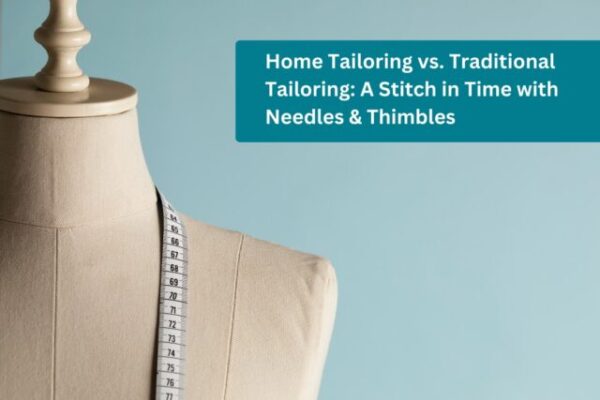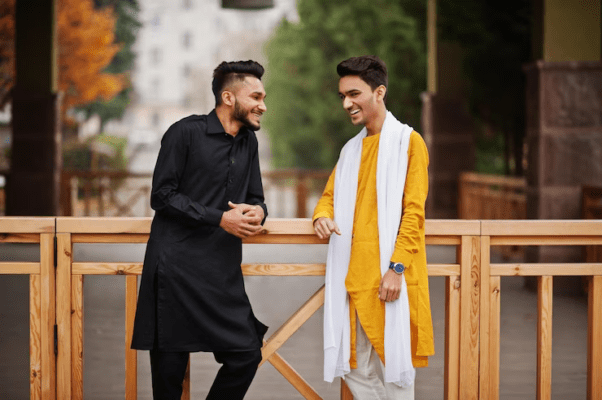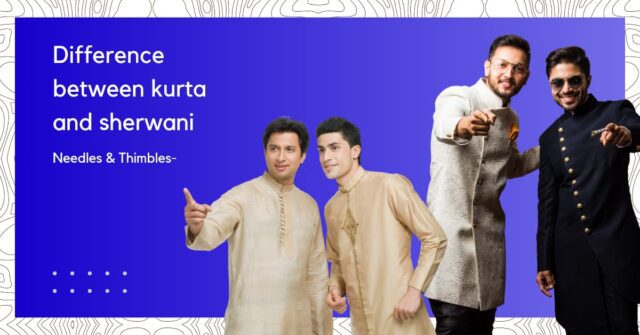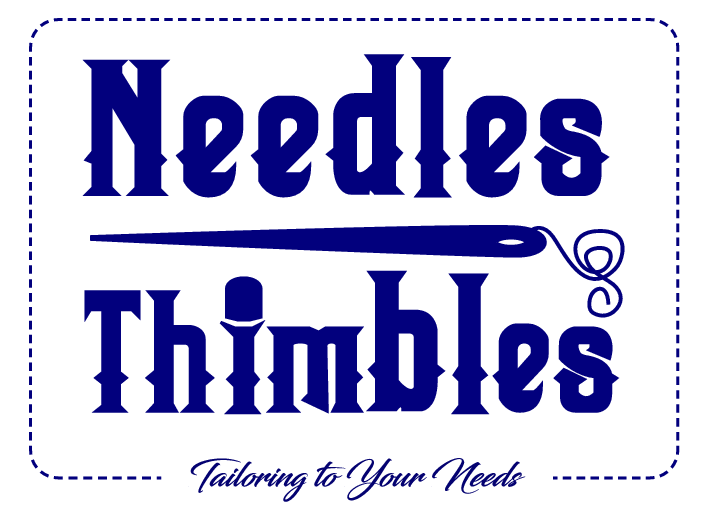Sequins are a type of embellishment used to decorate fabrics for fashion and other ornamental purposes. They are essentially glittering disc-like beads that are quite flat and come in a wide range of colors and shapes. The word ‘sequin’ is derived from the Arabic word ‘sikka’ which means coin.
Sequin art was first used in Arabic countries to decorate the veils and headgear of men and women to indicate their wealth and high status. Over time, sequin embroidery traveled to other parts of the world and became extremely popular as a form of decoration for all types of clothes. Today, sequins, also called spangles or diamantes, are used to decorate clothes all around the world.

Origin & History of Sequin Embroidery
Sequins have a long history and many folk art forms throughout the globe still have a significant component. The Arabic term “Sikka,” which meaning coin, refers to the derivation of the word “Sequin.” Sikkas have been used for generations for decorating garments throughout the Mediterranean and the Middle East. In the XIII century, the people created coins in Venice, known as ‘zecchinos,’ which were used by French people to decorate clothes. The name of “Zecchino” was given to it after the “Zecca” of the Venetian Mint. It was interesting to see that ‘Zecca’ sounded like the Arabic word ‘Sikka.’
In the Indus valley civilization about 2500 BC, gold sequins were used as decorations for garments. It can be only assumed though that the application of these craft forms to effect Sequins would have been a logical step in so many rich artisan forms linked to Indian ethnic wear as zari, Resham, stonework, and beadwork.
The Popularity
Nearly all of India’s best designers advertise and exhibit their collections with the vital function of Sequin. For designers throughout the globe, Sequin’s work always makes a huge stylistic statement.
Indeed, sequin gowns are particularly widely utilized by the Hindi film business, where they not only serve to shoot but are also employed for public appearances or parties by actresses. Sequin gowns also play an essential role in major fashion displays.
Styling Sequins with Your Attires
Sequins may be utilized in several ways regardless of whether they are for adorning western clothing such as a tunic or leggings or for Indian costumes such as salwar kameez, saree, or lehenga choli. Sequin embroidery work not simply showy and garish clothes, against common perception. The beauty of the patterns on the cloth may be utilized in subtle ways as well. Sarees typically have beads spread all over the cloth, creating a lovely sheen when laid over a thick silk top.

Sequins ribbons are placed in zari, Resham, or cut dana work borders with various clothes such as the lehenga cholis or tunic for a pleasantly complicated and sparkling effect. It can also be centered in an area in which creative and eye-catching designs are broken apart, such as patterns of peacocks, fruit, flowers, and trees. Simplistic patterns such as geometric forms and lines are typically produced with sequins to adorn.
Sequins may be quite difficult to sew as compared to other fabrics. They also need more attention and extra effort, but it’s worth everything. Check out a few methods for reducing the danger that your sequin fabric will be damaged and be 100% certain you’ll receive precisely what you’re looking for.
Tips For Sewing With Chiffon Fabric
1.Select the correct support.
Certain textiles are more fragile than others. Making sure you pay adequate attention to the hems and seams, if you choose for woven backs, such as taffeta, chiffon, or organza. Moreover, instead of glued ones, select sewn sequins. In this method, there will be no glue stains on the rear of the material for a long time.
2.Enter the seam permitted sequins.
Sewing sequins requires time and patience, but it’s worth waiting for. Sequins are steep and can be fairly huge so that seam allowances are preferable to be removed. You may need to put some sequins to the ‘foreseeable locations’ e.g. around your neck for subsequently saving these ornamental bits when your project is ready.
3.Identify gaps.
Some sequin textiles have a gap, some do not. In all design parts you sew together, it is vital to retain the same direction of sequins – generally face down.
4.Right needles.
In most situations, larger gauge needles are required for sequin materials since they may break regularly. Don’t rush, go in modest stages as you sew the textile.
5.Use some lining.
Finish with covering your sequin craft so these small pieces will not irritate your skin.

Care & Maintenance
Squared clothing calls for greater attention to preserve its exceptional quality. They come off easily, therefore washing such clothes is preferable. The thread should not be pulled out of a loose sequin. The whole row might be separated (separated). Sequins pasted on can fall off easily if purified in hot water. Rinse the towel in cold water in that instance. Swipe the garment lightly through water, instead of rubbing or squeezing. However, the site may be cleaned by a little spill.
We hope this article helped you to get rid of the doubts about Sequin embroidery and it served you some useful tips to take precautions while sewing sequin on any fabric. To explore more about sequin embroidery designs for sarees, do check out our other article on the link underneath
Other Articles To Read:-








